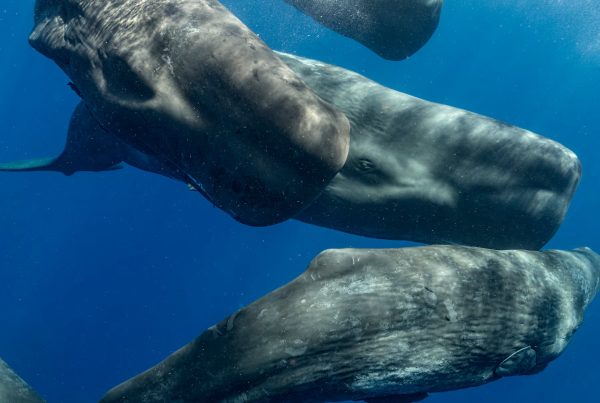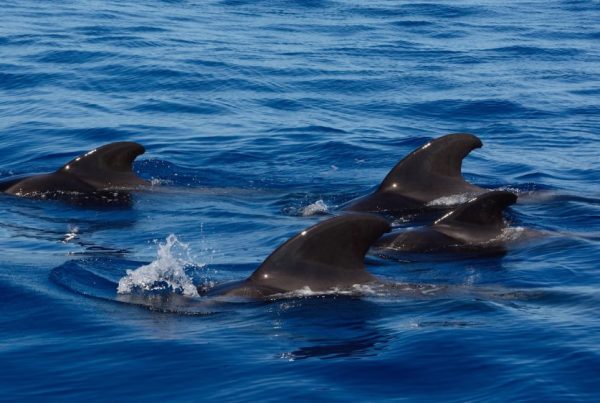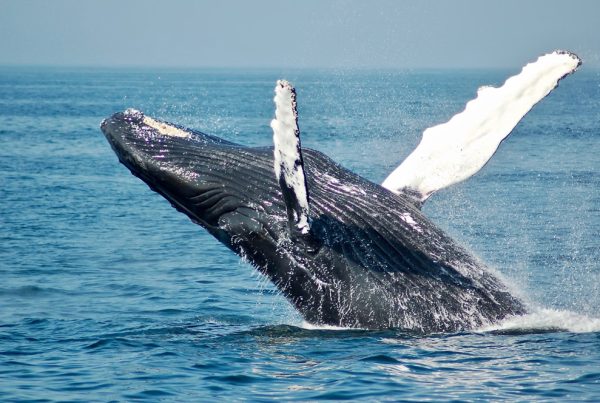
Dolphins are highly social animals that live together in large groups called pods, sometimes these pods of dolphins include other species of marine mammals such as false killer whales (Pseudorca crassidens) and long-finned pilot whales (Globicephala melas) Being highly social creatures, dolphins have developed a unique way of communicating amongst their species, and potentially even with other species.
Dolphins use a vast array of sounds and non-verbal gestures, to communicate. Whilst ‘clicks’ are used for echolocation and detecting objects in their surroundings, ‘whistles’ are used to communicate with other members of their pod. Dolphins do not have sight as their main sense like we do as humans, but instead rely on sound in order to locate their food, hunt, communicate and for all of their normal activities.
A study was conducted by Massey University on the characteristics of dolphin whistles in common bottlenose dolphins (Tursiops truncatus) and compared them between two separate populations in New Zealand. They looked at how whistles were classified, and compared between the two populations, as well as with other populations from around the world.
It was found that in Great Barrier Island, upsweep whistles (whistles that gradually increase in pitch over time) were most common, followed by sine whistles (whistles with pitch changes with repeating peaks and drops), while in Doubtful Sound, convex (whistles that decrease in pitch and then increase) and sine whistles were more prevalent. So there is great similarity between the two populations but still some differences, It’s like American English and Kiwi English, basically the same but with some different words
With 90% accuracy, the research models were able to distinguish between the whistles of the two populations based on the different duration, pitch and style of the whistles. It was found that the whistle acoustic parameters or whistle vocal ranges were influenced by location and not by the size of the pod or the presence of young dolphins.
Overall, the whistle ranges of both populations were within that of other dolphin populations around the round, meaning different populations would be able to communicate with one another in some capacity, however, there would still be some ‘language barriers’.


